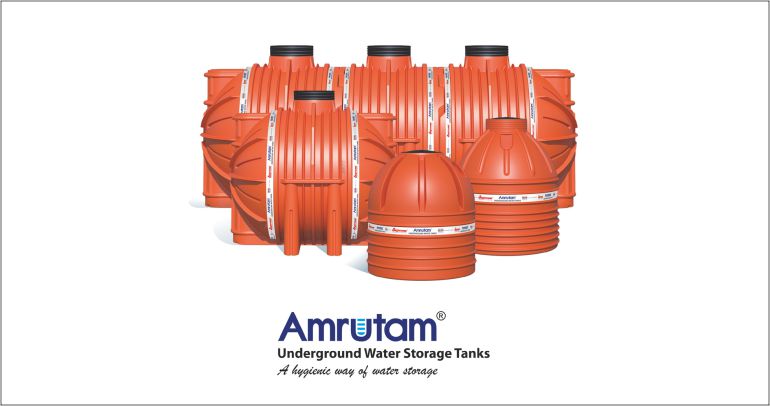Measuring turbidity in drinking water samples
By Edit Team | December 23, 2016 10:25 am SHARE

Turbidity regulations are set in place in order to guarantee safe drinking water and process efficiency. One of the first steps in the drinking water treatment process is to remove dissolved particles such as soil, algae, and bacteria from the water. To achieve this, the water is mixed with a coagulant chemical, such as alum. These dissolved particles are usually negatively charged and therefore repel each other in solution, resulting in well-dispersed, very fine particles. The addition of alum neutralizes the dissolved material so that the particles no longer repel each other and gather together to make up larger particles, known as ‘floc’, or ‘flocculated material’. The water is then passed through a sedimentation basin, where sand, gravel and other materials strip the water of the flocculated material.
Turbidity is measured after these steps to monitor the effectiveness of the processes. If the raw water is naturally less turbid (less than 10 NTU) then the sedimentation process can be skipped, prolonging the life of the materials in the sedimentation basin and therefore, saving time and money. After the majority of the dissolved particles are removed in the sedimentation basin, the water is passed through a filter that removes up to 99.5 per cent of the remaining suspended solids.
The United States Environmental Protection Agency (USEPA) requires that 95 per cent of post filtration samples in a one month period have a turbidity reading of less than 0.5 NTU, and that no samples exceed 5 NTU at any given time post filtration The HI 98703 portable nephelometric turbidity meter meets the USEPA standard method 2130 B for drinking water, specially designed for low turbidity measurements from 0.00 to 1,000 NTU (Nephelometric Turbidity Units). The HI 98703 provides the option of an EPA mode in which the readings are rounded according to EPA standards, as well as meets both accuracy and light requirements with a meter accuracy of (+/-) 2 per cent of the reading plus 0.02 NTU and a user-replaceable tungsten filament lamp located in the battery compartment.
The HI 98703 also features a ratio measurement method in which two light detectors are used to measure scattered light (at 90°) and transmitted light (at 180°), decreasing error associated with absorbed light. Customers can calibrate at four points (<0.1, 15, 100 and 750 NTU), as well as monitor calibration conditions with the GLP (Good Laboratory Practices) function. The HI 98703 is supplied with AMCO-AEPA-1 primary standards for calibration*. These standards are unique in that they are cross-linked copolymer microspheres suspended in ultrapure water, and are non-toxic and much more stable than formazine standards. The HI 98703 comes equipped with several more features including logging capability (up to 200 measurements), PC connectivity via RS 232 and USB, HANNA exclusive T.I.S. (Tag Identification System) that allows the user to collect measurements by location identities via iButton tags, and the ability to operate on either batteries or an AC voltage source. For customers that require IS0 7027 compliance, the HI 98713 is another viable option.
Cookie Consent
We use cookies to personalize your experience. By continuing to visit this website you agree to our Terms & Conditions, Privacy Policy and Cookie Policy.




















